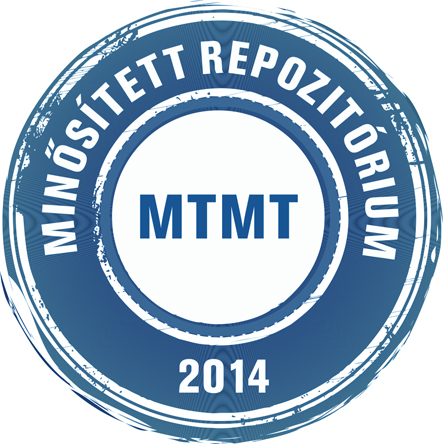Kerny Terézia: Adorációs kép, dedikációs-kép, fogadalmi kép, supplikációs-kép : kísérlet egy középkori ikonográfiái csoport műfaji szétválasztására. In: Kép, képmás, kultusz : [a 6. Szegedi Vallási Néprajzi Konferencia 2002. október 8-10. tanulmányai], (16). pp. 22-38. (2006)
Előnézet |
Cikk, tanulmány, mű
szegedi_vallasi_016_022-038.pdf Letöltés (1MB) | Előnézet |
Absztrakt (kivonat)
Fourteen of the medieval depictions of Saint Ladislas were categorized as votive pictures in the earlier literature on the basis of formal criteria, without supporting this view with actual sources. The works in question are the following: the first scenes of the Saint Ladislas mural of Gelence (Ghelinta, Rumania) and Homoródszentmárton (Martini?, Rumania); the frescos of the Roman Catholic churches of Cserény, Zólyom County (Íerín, Slovakia) and Feketeardó, Ugocsa County (Tsomotisiv, Ukraine); the plenarium mentioned in the queen mother, Elisabeth Lokietek's testament in 1380; the frescos of the Toronyhely (Turnisce, Slovenia) Catholic church depicting Miklós Bánffy of Alsólendva and his family; one of the glass windows of the Carthusian Church of Basel ordered by János Kanizsai, archbishop of Esztergom; the Calvary fresco of János Rozsnyói in Nagyszeben; a silver plaque mentioned in a testament of Várad from 1495; the mural of the so called Catholic tower of the Berethalma (Birthälm, Rumania) fortified church; the former altarpiece of the chapel of Saint Ladislas and Saint Wenceslaus in Kutná Hora (Czech Republic) built in 1497, a panel picture of Bernard Strigel in the Budapest Museum of Fine Arts; an epitaph from Cracow and themain altarofMárkfalva (Markusove, Slovakia) Catholic church. Compared to earlier depictions of Saint Ladislas, the number of these works is not significant. Half of them has been destroyed or has been seriously damaged during the centuries and they are known only from copies, later descriptions, and archival photos. In her study, the author first tries to distinguish between works representing the adoration, dedication or supplication type. She makes an attempt to discover, on the basis of historical data, whether they really can be considered votive pictures according to their functions. This assumption can be most probably justified in case of the altar panel of Kutná Hora and the winged altar of Márkfalva.
| Mű típusa: | Könyv része |
|---|---|
| Egyéb cím: | Adoration picture, dedication picture, votive picture, supplication picture : an attempt to separate the genres of medieval iconographic groups |
| Befoglaló folyóirat/kiadvány címe: | Kép, képmás, kultusz : [a 6. Szegedi Vallási Néprajzi Konferencia 2002. október 8-10. tanulmányai] |
| Dátum: | 2006 |
| Kötet: | 16 |
| ISSN: | 1419-1288 |
| ISBN: | 963 482 750 0 |
| Oldalak: | pp. 22-38 |
| Sorozat neve: | Szegedi vallási néprajzi könyvtár |
| Nyelv: | magyar , angol |
| Konferencia neve: | Szegedi Vallási Néprajzi Konferencia (6.) (2002) (Szeged) |
| Befoglaló mű URL: | http://acta.bibl.u-szeged.hu/70238/ |
| Kulcsszavak: | Ikonográfia - néprajz - magyar, Vallási néprajz - magyar, Egyházi művészet - katolikus - Magyarország |
| Megjegyzések: | Bibliogr.: p. 35-38. és a lábjegyzetekben ; összefoglalás angol nyelven |
| Szakterület: | 06. Bölcsészettudományok 06. Bölcsészettudományok > 06.03. Filozófia, etika és vallástudományok 06. Bölcsészettudományok > 06.04. Művészetek (művészetek, művészettörténet, előadóművészetek, zene) |
| Feltöltés dátuma: | 2020. szep. 18. 11:26 |
| Utolsó módosítás: | 2022. feb. 02. 10:23 |
| URI: | http://acta.bibl.u-szeged.hu/id/eprint/70336 |
 |
Tétel nézet |



